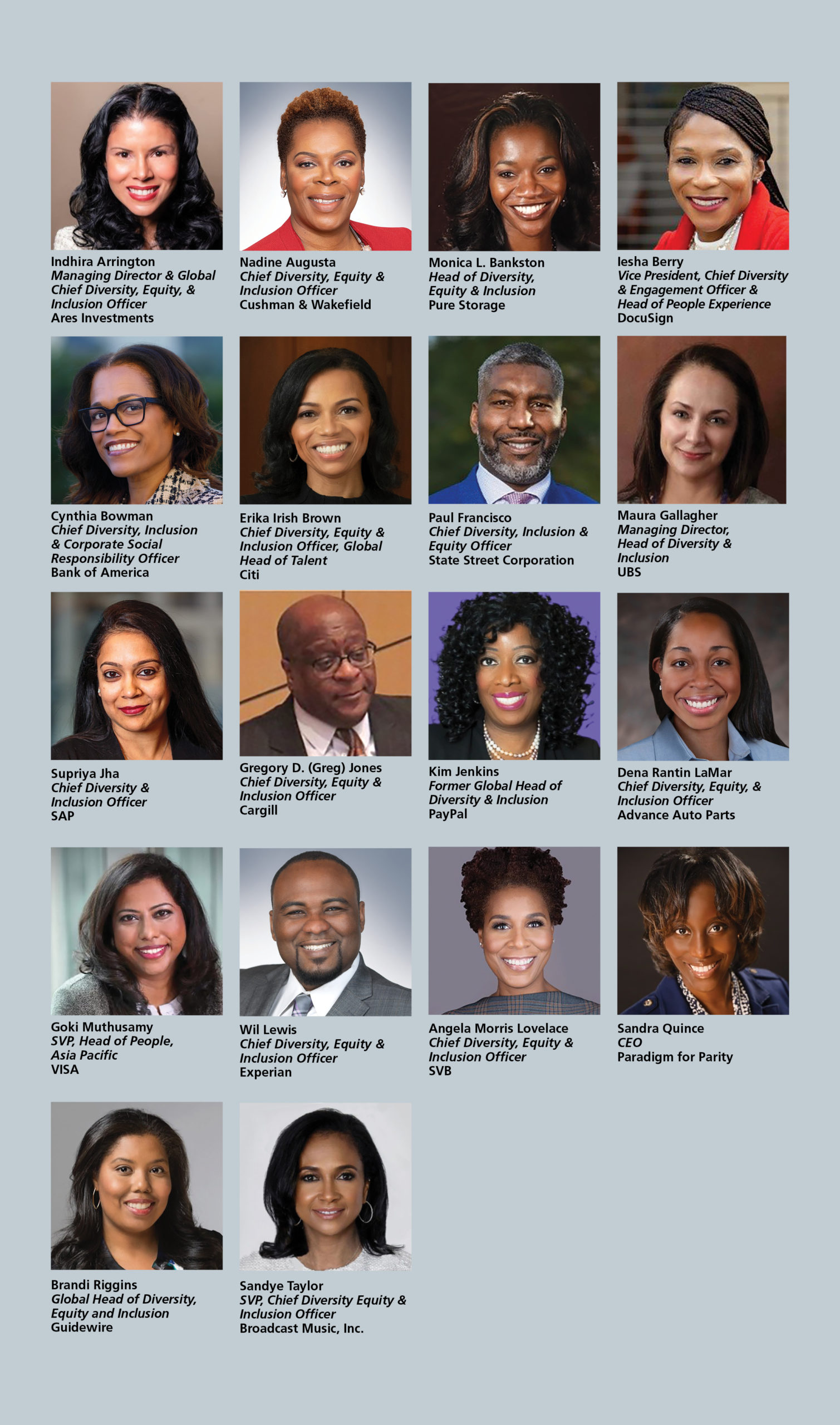Q&A with retired Bank of America’s Chief Diversity Officer Geri Thomas
Throughout her career, Geri Thomas was a pioneer. As Bank of America’s first chief diversity officer, Geri developed a blueprint for authentic leadership and served as the face of Bank of America’s award-winning diversity, equity and inclusion (DEI) program. In her 40+ years as an executive, Geri was a dedicated mentor and was committed to developing future C-suite leaders who would carry the work forward. As a result of her guidance, many of these global business leaders now serve as chief diversity, equity and inclusion officers and DEI leaders at Fortune 1000 companies ranging from financial services, commercial real estate, global information services, and high-tech companies. In her retirement, Geri’s legacy is reflected in these leaders who will continue to make a positive impact within their industries for years to come.
We profile Geri as she reflects on her time in her role at Bank of America and we discuss her hopes for the leaders she has inspired over the years.
- Tell us about your journey at Bank of America as their first Chief Diversity Officer. How did you begin?
Early in my career at the bank when I was asked to take on diversity and inclusion there was not a playbook to follow or examples of other companies doing the work to emulate. I did not have a team, and diversity and inclusion was not my full-time job. What guided me in the work I did then and has continued to be my guide throughout my time at the bank was the answer to two questions: 1) What do I want the company to be and 2) How do I want people to feel? For me, this meant that I needed to focus on creating programs and best practices to hold leaders accountable for hiring a diverse mix of talent and for creating an environment where talent can thrive.
- The evolution of diversity and inclusion continues from being a regulatory compliance requirement to now a critical business driver with chief diversity officer (CDO) roles. What would you tell anyone considering these critical roles and how do they differ from when you started in the space?
I would first emphasize that the job is not for everyone and it’s not easy. In these positions, you have to be the conscience of the organization and not be afraid to tell the truth. It’s also important to not internalize the work and be intentional about self-care. There are many examples of what good looks like – don’t reinvent the wheel. Leverage what others have done and modify it for your organization.
I would tell diversity leaders to remember that you are the truth tellers and the conscience of the organization. Be direct, be bold and challenge leaders to take action.
—Geri Thomas
- Looking back on your career, what are you most proud of?
I’m most proud that a foundation was laid for sustainable progress and that it continues to stand the test of time. We led the way for a lot of ‘firsts’ and created best practices. For example, we leveraged the partnership with the Executive Leadership Council (ELC) to recruit two board members, one of which is currently the Lead Director. We were the first bank to implement corporate goals to increase representation by race and gender.
We implemented a comprehensive disability policy and accommodations along with targeted efforts to hire talent with disabilities, and we were the first bank to offer tax equalization benefits to LGBTQ+ employees and their spouses, pre-dating marriage equality. We were also the first bank and remain the only to achieve entry to the Billion Dollar Roundtable for supplier diversity spending.
I’m proud to say that Bank of America’s CEO actively led and continues to lead the Global Diversity and Inclusion Council which is comprised of senior leaders across the firm globally.
- The role of a CDO is not only challenging in task, but it’s known to be physically and emotionally taxing. How were you able to manage the stress that comes with doing this work?
I have always been surrounded by a very strong support system. My husband was very active with the kids, and I had a village of family and friends that stepped in and ensured that our children were covered (ball games, gymnastics, etc.). I was always intentional about unplugging when I went home and taking time off with my family.
Additionally, I had peers internally and externally that I bounced ideas off, including my Alpha Kappa Alpha Sorority sisters and my husband with whom I vented with. I was also careful to not internalize the work so that I was able to step away fully in the evenings and on weekends.
And most importantly, my faith helped me to stay grounded.
- What advice/feedback would you offer to the numerous diversity leaders you either hired or mentored during your career?
I would tell diversity leaders to remember that you are the truth tellers and the conscience of the organization. Be direct, be bold and challenge leaders to take action. Don’t be afraid to call people out on their bias and hold them accountable for doing different. And finally, don’t take on the work by yourself. Enlist others to help champion for change and execution.
- Very few leaders can say they created this many C-suite leaders, what’s the secret? What advice do you have for leaders in these positions to impact other people’s careers?
I hired people who were smarter than me and positioned them to be recognized for their value and enabled them to do their best work. They challenged me and I challenged them, I listened to them and respected what they brought to the table. This ensured that they had what they needed to thrive which enabled us to deliver excellence for the organization.



